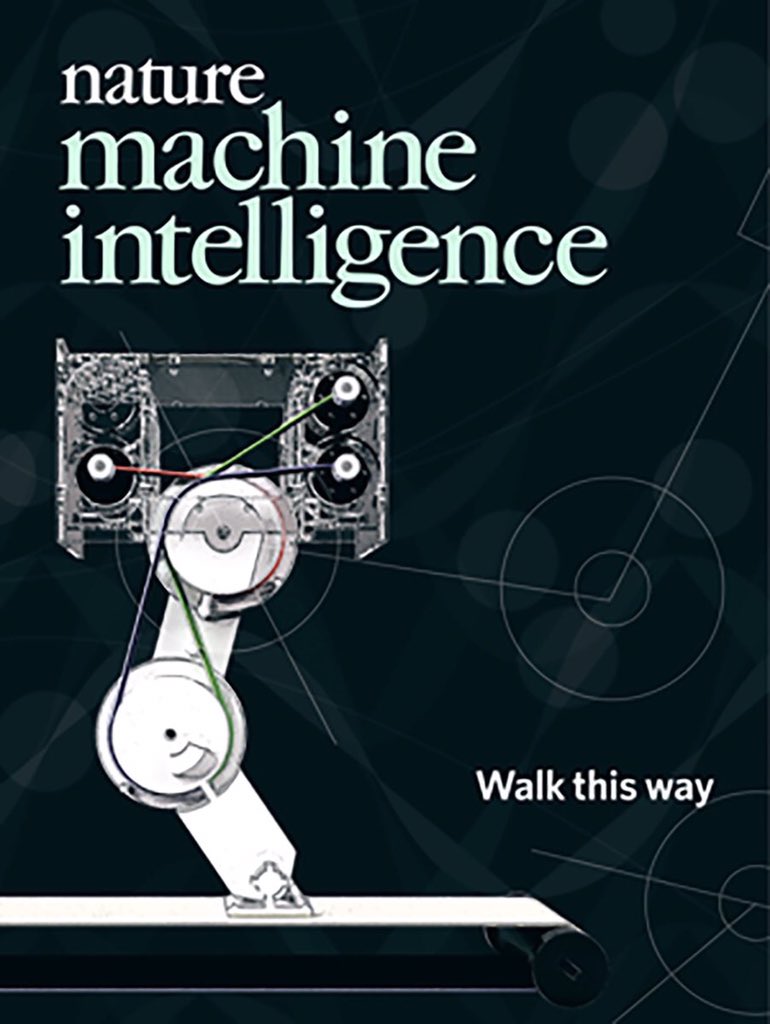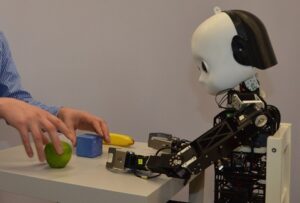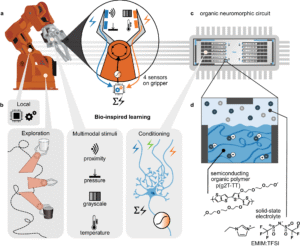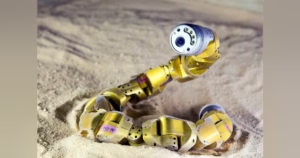Bio-Inspired Machine Learning: Learning from Nature to Build Smarter AI
Introduction
Nature has always been the greatest teacher of innovation. From the structure of bird wings inspiring airplanes to the mimicry of photosynthesis for sustainable energy, human ingenuity has consistently borrowed from the natural world. In recent decades, the intersection of biology and artificial intelligence (AI) has given rise to a fascinating field known as bio-inspired machine learning (ML).
Unlike traditional machine learning models that rely purely on mathematics and statistics, bio-inspired ML looks to natural systems—like the brain, immune systems, or even ant colonies—for solutions to complex computational problems. The idea is simple yet powerful: biological systems have evolved over millions of years to adapt, survive, and optimize themselves. Why not apply the same principles to AI systems?
In this article, we’ll explore what bio-inspired ML is, its key approaches, real-world applications, challenges, and its potential to shape the future of intelligent systems.
What is Bio-Inspired Machine Learning?
Bio-inspired machine learning is a branch of AI that takes inspiration from biological processes and natural phenomena to design learning algorithms. Instead of designing systems from scratch, scientists observe how living organisms solve problems such as navigation, adaptation, and decision-making, and then model these processes mathematically to train machines.
Key characteristics of bio-inspired ML include:
-
Adaptability: The ability to adjust to new environments or data.
-
Self-organization: Learning without strict supervision.
-
Optimization: Finding near-optimal solutions to problems efficiently.
-
Robustness: Resilience against noise, errors, or incomplete data.
At its core, bio-inspired ML aims to create systems that not only learn patterns but also evolve, adapt, and improve—just like nature does.
Foundations of Bio-Inspired ML
There are several natural mechanisms that inspired machine learning techniques. Some of the most influential include:
1. Neural Networks (Inspired by the Human Brain)
Artificial Neural Networks (ANNs) are perhaps the most well-known bio-inspired systems. Modeled after neurons and synapses in the brain, ANNs process information in layers and learn by adjusting weights based on error signals. Deep learning, a subset of ANNs, powers modern AI applications like computer vision, natural language processing, and speech recognition.
2. Evolutionary Algorithms (Inspired by Natural Selection)
Inspired by Charles Darwin’s theory of evolution, these algorithms mimic processes like mutation, crossover, and selection. Genetic Algorithms (GAs), for instance, evolve solutions by retaining the “fittest” individuals and combining them to create better ones. This method is especially useful for optimization problems.
3. Swarm Intelligence (Inspired by Ants, Bees, and Birds)
Swarm intelligence draws from the collective behavior of social animals. Ant Colony Optimization (ACO) algorithms mimic how ants find the shortest path to food by laying pheromone trails, while Particle Swarm Optimization (PSO) models the movement of birds and fish to explore solution spaces collaboratively.
4. Immune System Models
The biological immune system learns to recognize and defend against pathogens. Similarly, Artificial Immune Systems (AIS) can be used for anomaly detection, computer security, and fault detection by identifying what is “normal” and flagging deviations.
5. Cellular Automata and Morphogenesis
Inspired by how cells divide, interact, and form complex structures, cellular automata simulate local rules that lead to emergent behaviors. These models are useful in physics simulations, generative art, and modeling complex systems.
6. Spiking Neural Networks (SNNs)
These mimic the way biological neurons fire spikes (electrical signals) in the brain. Unlike traditional ANNs, SNNs are event-driven and energy-efficient, making them promising for neuromorphic computing.
Applications of Bio-Inspired ML
The beauty of bio-inspired ML lies in its versatility. By combining biological wisdom with computational power, it enables innovative solutions across industries.
1. Healthcare and Medicine
-
Drug Discovery: Evolutionary algorithms help identify potential drug molecules.
-
Medical Diagnosis: Neural networks inspired by the brain analyze imaging data for diseases.
-
Immune-Inspired Systems: Detect anomalies in patient data, similar to how the immune system spots infections.
2. Robotics
-
Swarm Robotics: Robots inspired by ant colonies can cooperate to explore disaster zones or perform collective tasks.
-
Navigation and Control: Neural-inspired algorithms allow autonomous drones and vehicles to adapt to dynamic environments.
3. Finance and Economics
-
Genetic algorithms optimize trading strategies.
-
Swarm intelligence helps forecast stock movements by analyzing collective trends.
4. Cybersecurity
-
Immune-inspired algorithms detect unusual network activity.
-
Evolutionary strategies design more robust security protocols.
5. Environmental Science
-
Swarm intelligence assists in predicting weather patterns.
-
Evolutionary algorithms optimize renewable energy grids.
6. Artificial Creativity
-
Generative systems inspired by natural morphogenesis produce art, music, and design patterns.
-
Neural style transfer mimics the brain’s creative associations.
7. Industrial Optimization
-
Bio-inspired algorithms optimize supply chains.
-
Ant colony optimization finds efficient routes for logistics and delivery.
Advantages of Bio-Inspired ML
-
Efficiency in Optimization: These models excel in solving complex optimization problems where traditional methods fail.
-
Robustness: Nature-inspired systems handle noisy, incomplete, or uncertain data better.
-
Scalability: Swarm intelligence and neural systems scale well to large, distributed environments.
-
Adaptability: Like living organisms, bio-inspired algorithms can evolve over time.
-
Interdisciplinary Impact: Bridges biology, computer science, neuroscience, and physics.
Challenges in Bio-Inspired ML
Despite its promise, bio-inspired ML faces several hurdles:
-
Complexity of Biological Systems: Fully replicating the intricacy of natural systems is still beyond reach.
-
Computational Cost: Some algorithms, like evolutionary strategies, require significant processing power.
-
Interpretability: Neural networks and swarm-based models often act as “black boxes.”
-
Scalability Issues: While biological systems are highly efficient, simulating them on machines can be resource-intensive.
-
Ethical Concerns: Over-automation of human-like processes raises questions about accountability and bias.
Future Directions
The future of bio-inspired ML looks promising, with several cutting-edge directions emerging:
-
Neuromorphic Hardware: Chips that mimic the brain’s neural structure (e.g., Intel’s Loihi, IBM’s TrueNorth) will make spiking neural networks mainstream.
-
Hybrid Systems: Combining bio-inspired methods with deep learning to improve efficiency and explainability.
-
Artificial Life (ALife): Creating systems that not only mimic but evolve like living organisms.
-
Eco-Inspired Computing: Using concepts like symbiosis and ecosystem dynamics for large-scale distributed AI.
-
Bio-Mimetic Robotics: More advanced bio-inspired robots for healthcare, military, and environmental monitoring.
Case Studies
Case Study 1: Ant Colony Optimization in Logistics
DHL and FedEx have experimented with ant colony optimization to improve route planning. By mimicking how ants find food, these systems reduce fuel costs and delivery times.
Case Study 2: Evolutionary Algorithms in Aircraft Design
NASA used genetic algorithms to optimize the design of aircraft wings, resulting in more fuel-efficient planes.
Case Study 3: Immune-Inspired Cybersecurity
Financial institutions employ artificial immune systems to detect fraud by identifying abnormal transaction patterns.
Conclusion
Bio-inspired machine learning represents a remarkable synergy between the wisdom of nature and the ingenuity of technology. By imitating the brain, evolution, swarms, and immune systems, AI researchers are unlocking new ways to build smarter, more adaptive, and resilient systems. While challenges like computational cost and interpretability remain, the potential applications—from healthcare to cybersecurity—are transformative.
As we move toward an era where machines not only learn but also evolve, bio-inspired ML could become the backbone of truly intelligent systems. After all, nature has already solved many of the problems we face—our task is simply to listen, learn, and translate its lessons into algorithms.
https://bitsofall.com/https-yourblog-com-data-centric-ai-shifting-the-focus-from-models-to-data/
https://bitsofall.com/https-yourblog-com-climate-and-eco-driving-ai-sustainable-mobility/
Language Models: The Foundation of Modern Artificial Intelligence






